Author: webadmin
Social norms, conspiracy theories and vaccine scepticism: a snapshot from the first year of the COVID-19 pandemic in Poland
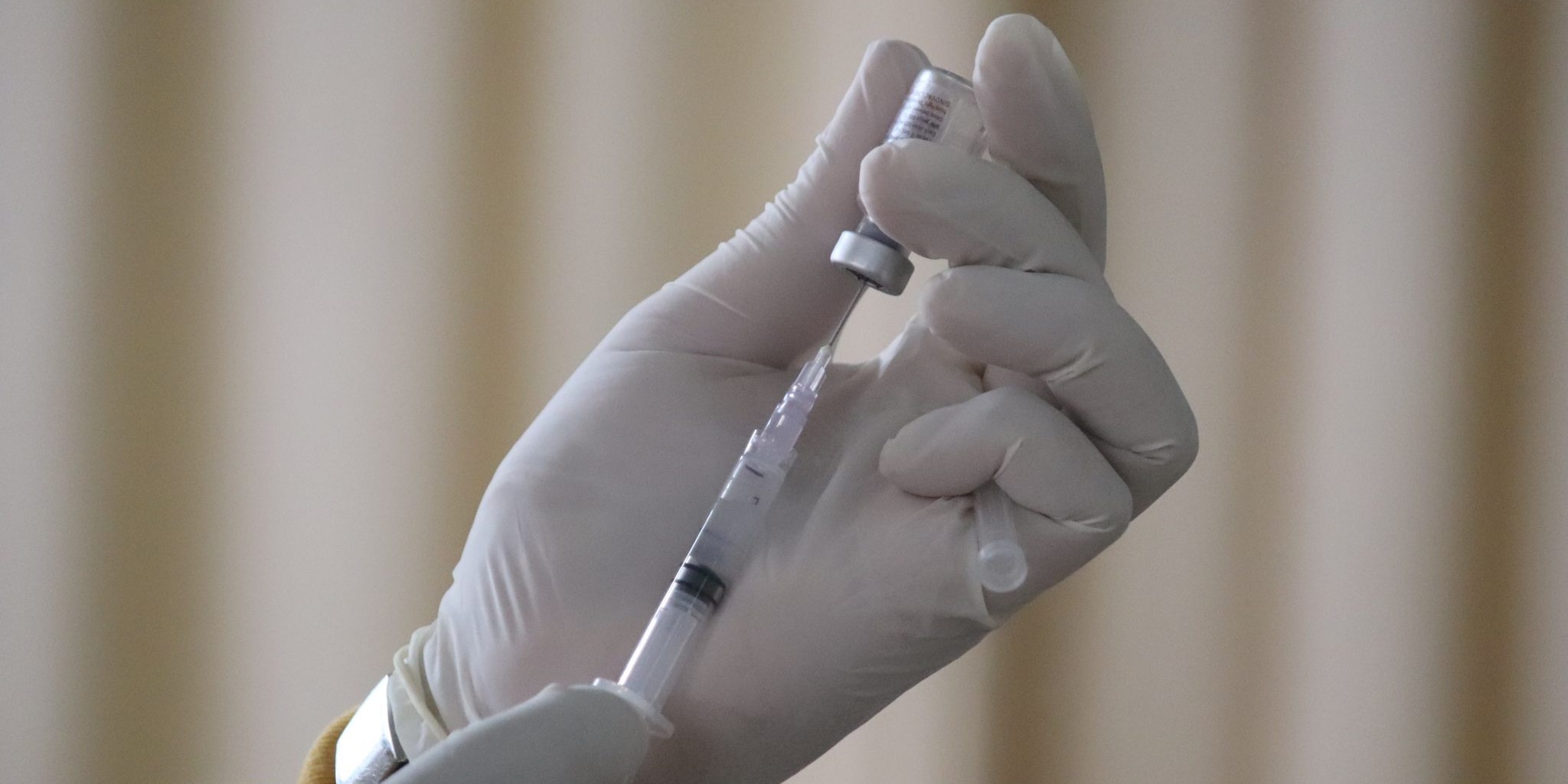
In January 2022, Poland experienced the highest rate of SARS-CoV-2 transmission since the beginning of the COVID-19 pandemic. Considering the widespread consensus among experts about the efficacy of vaccines in preventing hospitalisation and death resulting from the virus, low vaccination rates and widespread anti-vaccine sentiments in Poland are of great concern. We use data from the DIAGNOZA+ Survey to demonstrate the relationship between various demographic characteristics, opinions around certain gender norms, the propensity for conspiratorial thinking, concern about the pandemic, and vaccine scepticism. While controlling for exogenous demographic characteristics, we measure the strength of the relationship between various beliefs that people hold and how they feel about the COVID-19 vaccine. Our analysis indicates that while respondents who hold more traditional views on gender roles are 6 percentage points less likely to get vaccinated, those who agree with a variety of conspiratorial statements are 43 percentage points less likely to vaccinate against COVID-19.
Healthier over time? Period effects in health among older Europeans in a step-wise approach to identification

In the paper published recently in Social Science & Medicine Michał Myck and Monika Oczkowska examine changes in the level of physical health using longitudinal data on people aged 50+ from nine European countries covering the years from 2004 to 2017. For this purpose they develop a novel approach to identify age, period and cohort effects, which, in contrast to methods relying on mechanical restrictions, uses a step-wise estimation combining information on physical health with data on cognitive abilities. The approach relies on two important assumptions. First, relative differences between cohorts in cognitive abilities are estimated assuming that only age and cohort effects are responsible for their evolution. The authors then use the estimated proportional cohort differences to restrict the differences between cohorts in health development. The method is applied to the dynamics of four measures of poor health: weak grip strength, limitations in mobility, in activities of daily living (ADL) and in instrumental activities of daily living (IADL). The results suggest insignificant or adverse period effects for the evolution of physical health. These estimates, which reflect the implications of time over the period of 14 years, are relatively low, but they highlight the surprising fact that any improvements in health in the examined period have been driven essentially by cohort effects. This evidence is consistent with some earlier studies and sheds new light on recent (pre-pandemic) trends in life expectancy. It also raises questions concerning efficacy of healthcare and equal access to high quality care – the factors one would consider as important determinants of period effects in health.
Securing Women’s Safety at the Time of War
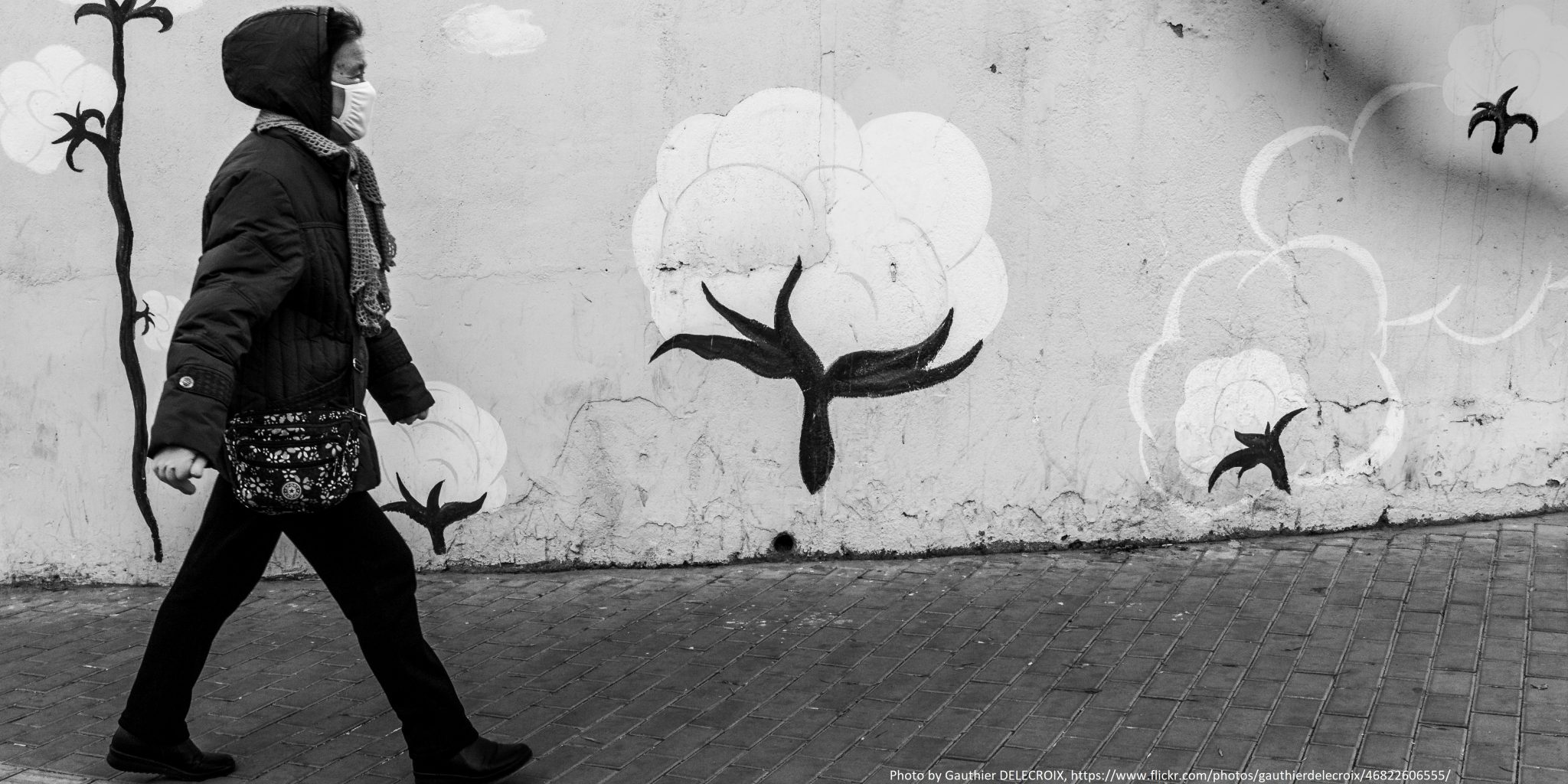
On this year’s International Women’s Day, we would like to draw attention to the women impacted by the invasion of Ukraine by the Russian Federation. Evidence from other armed conflicts suggests that women are particularly vulnerable both at the site of the war and in displacement, and that gender-based violence heightens in conflict and post-conflict societies. With this in mind, the international community should pay particular attention to protection, support and well-being of affected women in this tragic time.
The invasion of Ukraine by the Russian Federation sets a tragic background for this year’s International Women’s Day. The war has resulted in the loss of human life as well as suffering and displacement of hundreds of thousands of individuals. By March 6th 2022 over 1,5 million people fled Ukraine to neighbouring countries, while Russian forces have indiscriminately targeted Ukrainian towns and cities and failed to establish safety corridors for the civilian population and for humanitarian support. There exists extensive evidence that military conflicts put women at particular risk. This is the case both at the site of direct military confrontation, as well as a consequence of vulnerabilities generated by the need to flee their home. While one is clearly most concerned about the most direct expressions of gender-based violence, such as rape, sexual abuse or beating, we should also bear in mind that gender-based violence often takes the form of non-physical mistreatment, psychological pressure, or limitations on individual freedoms and displacement (Wirtz et al, 2014).
Indeed, the use of sexual violence during armed conflicts is by now broadly understood as a premeditated and deliberate technology of war, rather than the brutal expression of some base instinct triggered by the stress of conflict situations (Skjelsbaek, 2001), and there is evidence that aggressors from societies that are more gender-unequal are more likely to use it (Taylor, 1999; Meger, 2016, Guarnieri and Tur-Prats, 2020). Also, after fleeing conflict zones the spectre of sexual and gender-based violence follows displaced populations: the risk for sexual violence is heightened in refugee camps (Araujo et al, 2019). Further, it has been shown that rates of intimate partner violence during complex emergencies are much higher than rates of wartime sexual violence perpetrated outside of homes (Stark and Ager, 2011), and that domestic violence may be exacerbated by conflict and displacement (Wirtz et al, 2014).
Thus, the international community, the governments of countries which welcome families escaping the war, and the countless organised and improvised support groups, ought to pay particular attention to the risks to the welfare of women at this extraordinary time.
All agencies involved in assisting the Ukrainian population, both within and outside its borders, should be particularly aware of broad aspects of gender-based violence which the international academic community has been stressing for Securing women’s safety at the time of war the last few decades. As the war continues the international community, the governments of the host countries, and the European Union ought to ensure that:
● Women and vulnerable groups that want or need to leave conflict zones are allowed to do so in a safe way.
● All perpetrators of violence, including sexual violence, are eventually brought to justice. For this, there should be no question of impunity. For this to be possible safe spaces, infrastructure and reporting practices need to be established and enforced.
● As per UN Security Council Resolution 1820 (first applied to the Democratic Republic of Congo in 2008) sexual violence ought to be used as part of the designation criteria in sanctions regimes. This implies that “targeted and graduated” measures can be imposed against warring factions who commit rape and other forms of violence against women and girls.
● Refugee women are involved in the design, management or leadership of gender-based violence protection measures in refugee camps, if such were to be established (UNHCR, 2011)
● Training programmes concerning gender-based violence, including sexual violence, and available legal mechanisms to prevent it are provided for volunteers, staff and refugees to minimize the risk for fleeing women (Spangaro et al 2013).
● In the medium and longer term, in case of an inability to return to their homes, host countries facilitate legal work among refugees to avoid a cycle of vulnerability that may lead displaced women to seek precarious means of earning income (Ray et al. 2009).
● Social support through individual or group therapy and skilled support groups is offered to reduce mental distress (Willman, 2013).
As we await the peaceful end of the invasion of Ukraine and the safe return of hundreds of thousands of families to their homes, may this year’s International Women’s Day be a day of reflection and resolution on appropriate means and strategies to prevent and combat sexual and gender-based violence, both on the scene of the the armed conflict as well as against all women who find refuge from the war in foreign countries.
On March 7th 2022 the FREE Network was planning to host a conference on “Economic and social context of domestic violence” as part of the Forum for Research on Gender Economics (FROGEE). The conference has been postponed until representatives of all the FREE Network institutes can safely participate. The FROGEE project is supported by the Swedish International Development Cooperation Agency (Sida).
References
- Araujo, J. D. O., Souza, F. M. D., Proença, R., Bastos, M. L., Trajman, A., & Faerstein, E. (2019). Prevalence of sexual violence among refugees: a systematic review. Revista de saude publica, 53.
- Meger, S. (2016). Rape loot pillage: The political economy of sexual violence in armed conflict. Oxford University Press
- Ray S, Heller L. (2009). Peril or protection: the link between livelihoods and gender-based violence in displacement settings. New York (NY): Women’s Refugee Commission.
- Skjelsbaek, I. (2001). Sexual violence and war: Mapping out a complex relationship. European journal of international relations, 7(2), 211-237.
- Spangaro, J., Adogu, C., Ranmuthugala, G., Powell Davies, G., Steinacker, L., & Zwi, A. (2013).What evidence exists for initiatives to reduce risk and incidence of sexual violence in armed conflict and other humanitarian crises? A systematic review. PLoS ONE. 2013;8(5):1–13.
- Spangaro, J., Adogu, C., Zwi, A. B., Ranmuthugala, G., & Davies, G. P. (2015). Mechanisms underpinning interventions to reduce sexual violence in armed conflict: A realist-informed systematic review. Conflict and health, 9(1), 1-14.
- Stark, L., & Ager, A. (2011). A systematic review of prevalence studies of gender-based violence in complex emergencies. Trauma, Violence, & Abuse, 12(3), 127-134.
- Taylor, C. C. (1999). A gendered genocide: Tutsi women and Hutu extremists in the 1994 Rwanda genocide. PoLAR, 22, 42.
- Willman, A. M., & Corman, C. (2013). Sexual and Gender-Based Violence: What is the World Bank Doing and What Have We Learned, A Strategic Review. Washington (DC): World Bank.
- Wirtz, A. L., Pham, K., Glass, N., Loochkartt, S., Kidane, T., Cuspoca, D., & Vu, A. (2014). Gender-based violence in conflict and displacement: qualitative findings from displaced women in Colombia. Conflict and health, 8(1), 1-14.
- UNHCR. (2011). Action against sexual and gender-based violence: an updated strategy. Geneva: UNHCR Division of International Protection.
#AcademicsStandWithUkraine
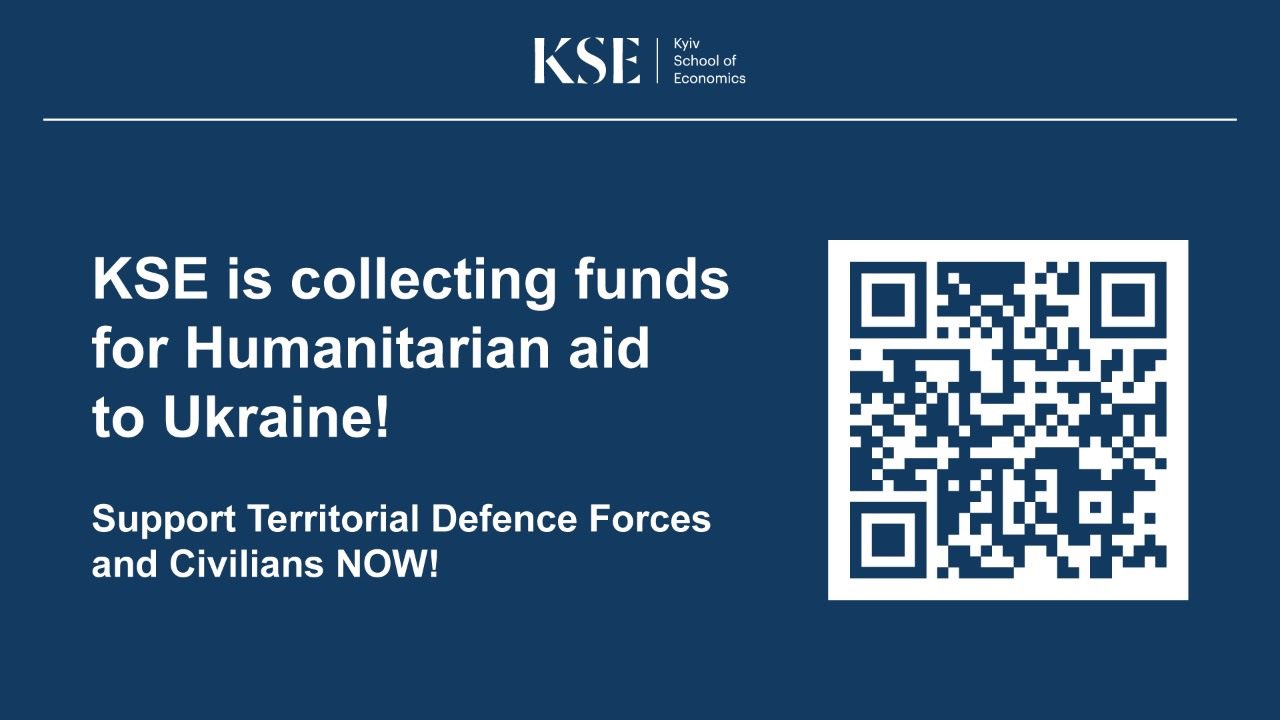
The Forum for Research on Eastern Europe and Emerging Economies (FREE Network) stands for peace, security and democracy and condemns Russia’s invasion of the independent and democratic nation of Ukraine and violation of international law.
The FREE Network has an extensive history of building networks and partnerships with leading academic experts on economic issues in Central and Eastern Europe and emerging markets.
The FREE Network invites academics from the region and beyond to express their solidarity with the Ukrainian people, academics, educators, and students suffering from Russia’s invasion into the democratic nation of Ukraine.
To speak out on Russia’s aggression against Ukraine, please use the hashtag #AcademicsStandWithUkraine.
Donations for humanitarian aid are organized by the Kyiv School of Economics https://kse.ua/, a member of the FREE Network.
The double burden of paid and unpaid work on women in Poland
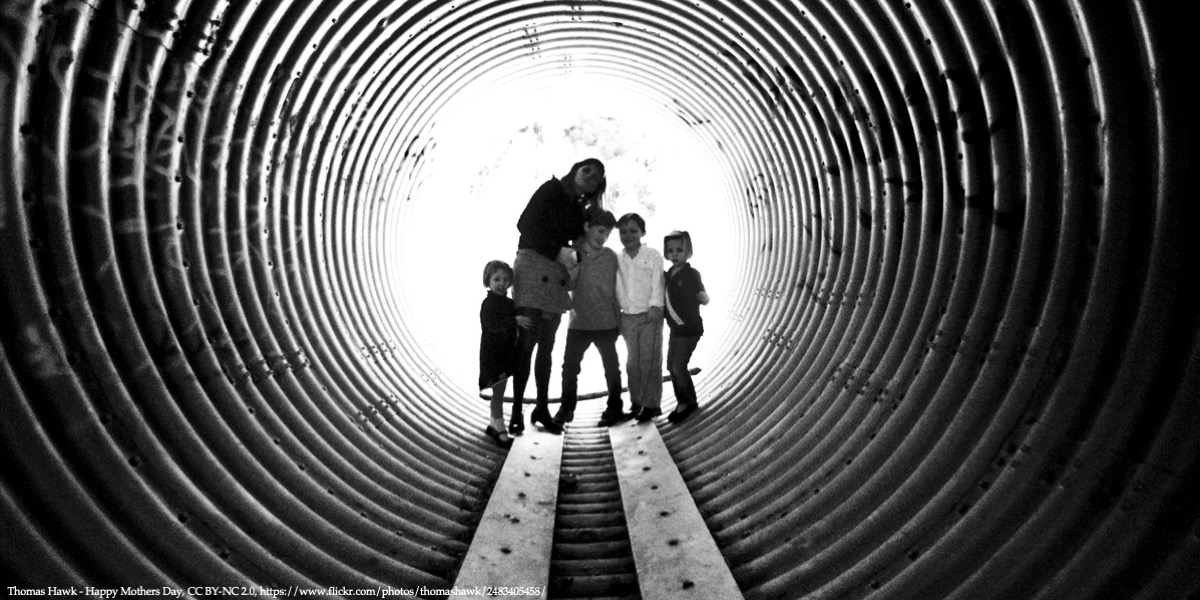
The vast majority of the Polish population agrees that household duties and childcare activities should be equally shared in a couple. However, in Poland, as in many other countries, the real division of household work and care does not reflect the attitudes towards it. Relying on the information from the Time Budget Survey, in this brief we show that women in Poland spend far more time on household chores and much more often take care of children than men. With relatively high labour market participation rates, and negligible rates of part-time employment, Polish women face the problem of a double burden of paid and unpaid work, commonly pointed out in the literature in the context of the post-communist countries. More equal sharing of domestic work would facilitate greater professional involvement among women and free their time to enjoy more leisure. More active government policies aimed at closing gender gaps along different dimensions could address prevailing constraints as well as social norms and stereotypes, and contribute towards such changes.
The full Report is available here.
Reports from Armenia, Belarus, Georgia, Latvia, Ukraine and Russia are available in English and the national languages here.
Konsekwencje reform podatkowych w pakiecie “Polski Ład”: ekspertyza CenEA dla Kancelarii Senatu RP

Niniejsza ekspertyza przedstawia analizę skutków regulacyjnych związanych z wprowadzeniem ustawy „o zmianie ustawy o podatku dochodowym od osób fizycznych, ustawy o podatku dochodowym od osób prawnych oraz niektórych innych ustaw” w brzmieniu przyjętym przez Sejm Rzeczypospolitej Polskiej dnia 1 października 2021 r.
Modelowane zmiany skupiają się na regulacjach podatkowych w zakresie podatku dochodowego i składek na ubezpieczenie zdrowotne zawartych w ww. ustawie. Tym samym przedstawione analizy stanowią aktualizację symulacji efektów redystrybucyjnych przedstawioną przez Centrum Analiz Ekonomicznych CenEA w dniu 19.05.20212, które obejmowały wstępny opis planowanych zmian podatkowych ogłoszonych przez partie koalicyjne rządu Premiera Mateusza Morawieckiego w dniu 15.05.20213.
Polski Ład: dystrybucyjne konsekwencje propozycji podatkowych Zjednoczonej Prawicy

W Komentarzu CenEA z dnia 19.05.2021 przedstawiono wstępne wyliczenia konsekwencji zmian podatkowych proponowanych w ramach programu „Polski Ład” ogłoszonego przez koalicyjne partie Zjednoczonej Prawicy w sobotę, 15.05.2021. Reforma systemu podatkowego proponowana przez partie Zjednoczonej Prawicy w ramach programu „Polski Ład” stanowić będzie jedną z najistotniejszych zmian w polskim systemie podatkowym wprowadzonych w ciągu ostatnich 30 lat. Według szacunków Ministerstwa Finansów całkowite korzyści netto dla gospodarstw domowych w wyniku reformy wyniosą około 5,1 mld zł rocznie (szacunki Ministerstwa wahają się w granicach 5,1 – 7,0 mld zł rocznie), przy czym bardzo istotnym aspektem proponowanych zmian jest wysoki zakres redystrybucji dochodu.
Jednym z najważniejszych elementów ogłoszonych zmian jest propozycja jest rozdzielenie rozliczenia podatku dochodowego i składek zdrowotnych oraz zmiana sposobu naliczania składki zdrowotnej od dochodów z działalności gospodarczej w sektorze pozarolniczym. W tej nowej koncepcji systemu podatkowego podwyższona zostanie kwota wolna od podatku (do 30,000 zł rocznie) i próg podatkowy (do 120,000 zł rocznie). Na proponowanych rozwiązaniach podatkowych 10,9 mln gospodarstw domowych odniesie korzyści powyżej 10 zł miesięcznie, zaś suma tych korzyści sięgnie 28,8 mld zł rocznie. Dla kolejnych 1,5 mln gospodarstw zmiany dochodu w wyniku propozycji będą ograniczone w przedziale od -10 do + 10 zł miesięcznie. 1,0 mln gospodarstw straci od 10 do 250 zł miesięcznie, co daje łączną stratę w wysokości 1,3 mld zł rocznie, a dochody 0,4 mln gospodarstw spadną o więcej niż 250 zł miesięcznie. Te gospodarstwa łączenie stracą aż 22,1 mld zł rocznie.
W ujęciu dystrybucyjnym na proponowanych reformach podatkowych przeciętnie najwięcej zyskają gospodarstwa domowe ze środka rozkładu dochodów. Dochody gospodarstw w grupach decylowych 4-6 wzrosną przeciętnie o około 260 zł miesięcznie, podczas gdy gospodarstwa z najniższej grupy dochodowej zyskają przeciętnie 64 zł miesięcznie. Dochody gospodarstw z najwyższej grupy decylowej spadną przeciętnie o 1 390 zł miesięcznie.
Jak pokazano w Komentarzu, grupą, która odniesie największe korzyści w wyniku proponowanych zmian w systemie podatkowym są rodziny osób w wieku emerytalnym, których głównym źródłem dochodu są świadczenia emerytalno–rentowe. Dzięki proponowanym zmianom dochody rodzin osób w wieku 60+/65+ wzrosną łącznie o 11,3 mld zł rocznie, co stanowi ponad połowę łącznych kosztów reformy w systemie PIT dla systemu finansów publicznych (jak podaje Ministerstwo Finansów – 21 mld zł rocznie). Problem ubóstwa i wykluczenia osób starszych w Polsce pozostaje nadal poważnym wyzwaniem dla polityki społeczno-gospodarczej. Jednak przy innych równoległych instrumentach wsparcia tej grupy, takich jak trzynasta i czternasta emerytura, należy rozważyć czy w obecnej sytuacji polityka podatkowa nie powinna raczej skupić się na gospodarstwach aktywnych zawodowo, w szczególności tych o niskich dochodach. Tak ukierunkowane reformy powinny łączyć z jednej strony podnoszenie wysokości kosztów uzyskania przychodu, a z drugiej korzystać z istniejących instrumentów umożliwiających zwiększenie dochodów netto za pośrednictwem zwrotnych ulg podatkowych dla pracowników o najniższych dochodach.
Gender preferences in Central and Eastern Europe as reflected in partnership and fertility outcomes

The decisions of parents following the birth of their first child concerning subsequent fertility, and the stability of their relationship can be used as a reflection of broader gender preferences. We study these decisions to identify gender preferences in six Central and Eastern European countries, which vary with respect to their current political and economic conditions, but share a common experience of past communist rule. Using subsamples of census data collected in the IPUMS-International inventory around 2000 and 2010, we examine the effect of the gender of the first-born child(ren) on the fertility and relationship stability of their parents. Only in the case of Romania do our results consistently point towards boy preferences, while in Russia boy preferences can be detected in families with two or more children. Importantly, in four out of six countries (Belarus, Poland, Russia and Ukraine) parents are more likely to have a second child if the first-born was a boy, indicating girl preferences. These preferences could be interpreted as a reflection of concern regarding future care support for parents.
Childcare benefit 500+ in CenEA analyses

Below you can find a compilation of CenEA analyses devoted to the consequences of the Family 500+ programme over the five years of its functioning (April 2016 – April 2021). The collection includes publications on the subject ranging from analyses of the 2015 electoral declarations (where the possibility of introducing the 500+ childcare benefit into the system of financial support for families in Poland was mentioned for the first time), to the evaluation of the programme published on the fifth anniversary of its implementation.
- Programy wyborcze 2015: kto zyska, kto straci i ile to będzie kosztowało (CenEA Report, October 2015)
- Portfele gospodarstw domowych po exposé premier Beaty Szydło (CenEA Commentary, November 2015)
- 25 miliardów złotych dla rodzin z dziećmi: projekt Rodzina 500+ i możliwości modyfikacji systemu wsparcia (CenEA Commentary, January 2016)
- Estimating Labour Supply Response to the Introduction of the Family 500+ Programme (CenEA Working Paper, September 2016)
- The impact of „Family 500+” programme on household incomes, poverty and inequality (Social Policy, December 2017)
- Pakiet podatkowo-świadczeniowych rozwiązań rządu Zjednoczonej Prawicy (CenEA Report, April 2019)
- Rodzina 500+: ocena programu i propozycje zmian (FOR/IBS Report, May 2019)
- Polityka podatkowo-świadczeniowa rządu Zjednoczonej Prawicy: program wyborczy i jego realizacja w latach 2015-2019 (CenEA Report, October 2019)
- From Partial to Full Universality: The Family 500+ Programme in Poland and its Labor Supply Implications (ifo DICE Report, October 2019)
- Kwota wolna od podatku i świadczenie wychowawcze 500+ po pięciu latach od prezydenckich deklaracji (CenEA Commentary, June 2020)
- Świadczenie wychowawcze po pięciu latach: 500 plus ile? (CenEA Commentary, March 2021)
Five Years in Operation: the Polish Universal Child Benefit
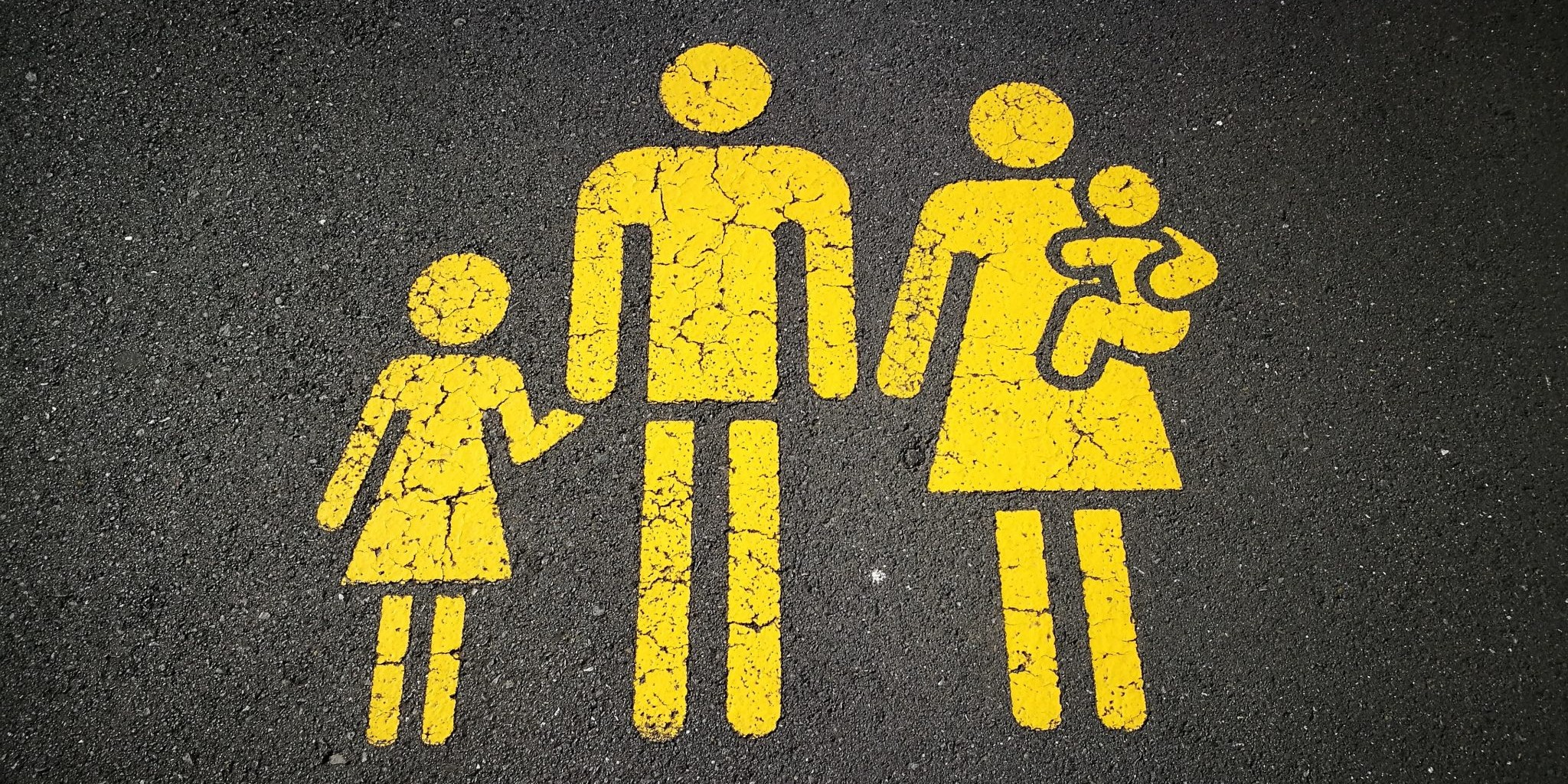
Over the last five years, Polish families with children have been entitled to a relatively generous benefit of approximately €110 per month and child. Initially granted for every second and subsequent child in the family regardless of income and for the first child for low-income families, the benefit was made fully universal in 2019. With the total costs amounting to as much as 1.7% of Poland’s GDP, the benefit reaches the parents of 6.7 million children and significantly affects these families’ position in the income distribution. Its introduction has led to a substantial reduction in the number of children living in poverty. However, since families with children are more likely to be among households in the upper half of the income distribution, out of the total cost of the benefit, a proportionally greater share ends up in the wallets of high-income families. While the implementation of the benefit has significantly changed the scope of public support to families in Poland, there are many lessons to be learnt and some important revisions to be undertaken to achieve an effective and comprehensive support system.
An abbreviated version published as a FREE Policy Brief is available here.

